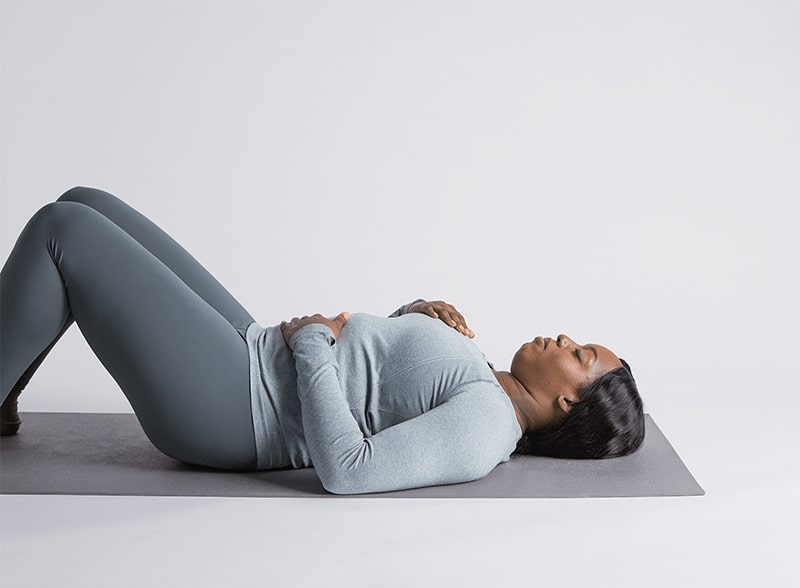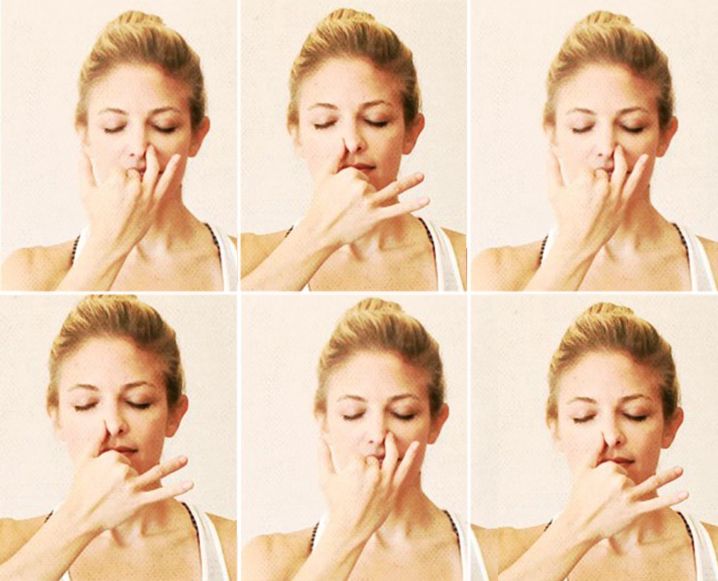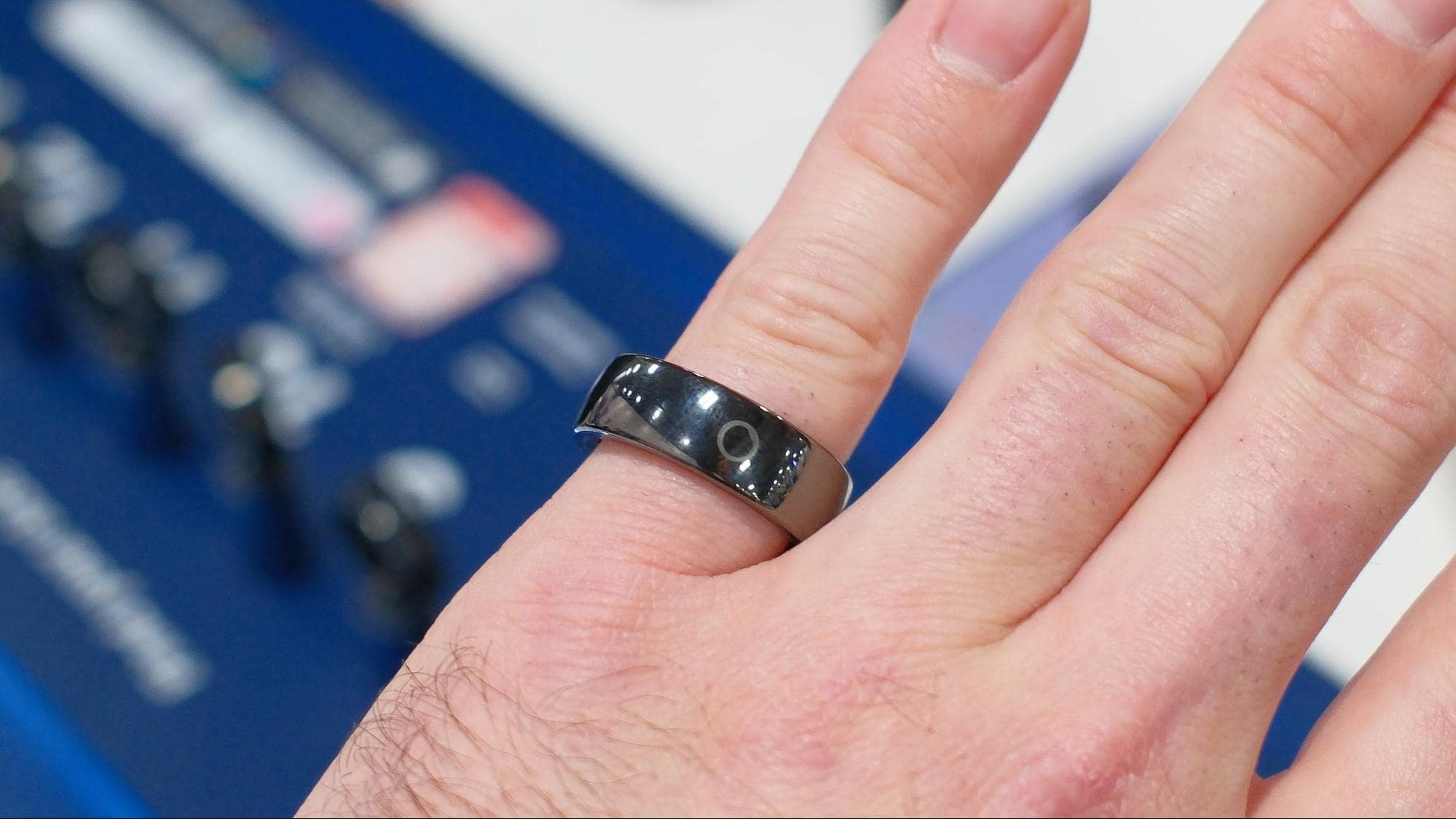7 Great Breathing Exercises for Stress Relief That Actually Work
You’ve probably heard someone say “just take a deep breath” at some point when you were about to give a presentation or just got bad news. It turns out that advice isn’t fluff after all. A simple breathing exercise for stress can genuinely calm your mind and body. When we’re anxious or tense, our fight-or-flight response kicks in, your heart starts racing, your breathing gets shallow, and your muscles tighten.
Deliberately slowing and deepening your breathing flips the script and activates the “rest-and-digest” side of your nervous system. These breathing techniques for stress listed below are free, quick, and you can do them anywhere and anytime. No yoga mat, no incense required: just your lungs. Below, we’ll look at seven proven breathing exercises for stress relief and how to do each one so you can actually use them next time life throws a curveball. Take a deep breath, and let’s start.
1. Belly Breathing for Stress (aka Diaphragmatic Breathing)
Best for: moments of anxiety, panic, or when you need to ground yourself fast

(Image credits: Hinge Health)
This is the classic deep breathing exercise for stress: the one people mean when they say “breathe into your belly.” Diaphragmatic breathing uses your diaphragm, the big muscle sitting right under your lungs, so your lungs can fill up all the way.
By doing so, you send a signal to your nervous system that it’s time to chill out. This slow, deep belly breathing can help lower your heart rate and blood pressure, initiating a relaxation response in the body. It’s often recommended for anxiety, panic attacks, and anytime you need to ground yourself.
How to do it: You can practice belly breathing either lying down or sitting comfortably.
- Step 1: Relax your shoulders. Place one hand on your chest and the other on your abdomen right below your ribcage.
- Step 2: Breathe in slowly through your nose for about 4 seconds. Feel the air travel deep into your abdomen, while the hand on your chest stays nearly still.
- Step 3: Purse your lips and exhale for about 4 seconds. Feel your belly hand fall as you empty the air from your lungs. Again, the hand on your chest remains almost still.
Continue this slow in-and-out breathing for several minutes. As you practice belly breathing, you might notice yourself beginning to relax within just a few breaths.
2. Box Breathing (Four-Square Breathing)
Best for: high-stress situations like work pressure, public speaking, or before big meetings.

(Image credit: Calmeryy)
Box breathing is a straightforward yet powerful breathing exercise for stress and anxiety that even Navy SEALs swear by. It’s sometimes called four-square breathing because you breathe in four equal parts, like drawing a square with your breath. This technique involves inhaling, holding, exhaling, and holding again, each for an equal count (often 4 seconds each – hence the “box” of four sides).
Here’s how to do it:
- Step 1: Slowly inhale through your nose while counting to 4 in your head. Feel your lungs fill up steadily.
- Step 2: When your lungs are full, hold your breath for a count of 4.
- Step 3: Breathe out slowly through your mouth for a count of 4.
- Step 4: With your lungs empty, pause and hold for another count of 4. Stay calm and resist the urge to gasp in. It’s a short hold.
That’s one “box.” Now repeat the cycle. Aim to do at least 4 rounds of this box breathing. As you breathe, picture tracing a square: up one side (inhale), across the top (hold), down the other side (exhale), across the bottom (hold).
Pro Tip: With a smart ring, you can take it a step further by letting the ring detect when your stress levels rise and remind you to start a breathing session. Through the companion app, you can follow guided exercises that help your body settle faster.
3. Alternate Nostril Breathing
Best for: restoring focus, balancing mood, or easing mental fog.

Alternate nostril breathing might seem a bit unusual, but it’s surprisingly effective for calming your mind and improving focus.
It might look a bit funny at first but you’ll see the benefits immediately. You use your fingers to close one nostril at a time as you breathe – but many people find it incredibly soothing once they get the hang of it.
Here’s how to do it: Sit in a comfortable position (on a chair or cross-legged on the floor). You’ll be using your right hand to control your nostrils:
- Step 1: Lift your right hand up to your face. Rest your index and middle finger between your eyebrows, or fold them down if that’s more comfortable. Take a normal exhale.
- Step 2: Gently use your right thumb to close your right nostril. Inhale slowly through your left nostril for a count of ~4.
- Step 3: Close the left nostril with your ring finger so both nostrils are briefly closed and hold your breath for a second or two.
- Step 4: Release your right thumb to open your right nostril and exhale smoothly through the right side for a count of ~4. Keep the left nostril closed during the exhale.
- Step 5: Now inhale through the right nostril, with the left nostril still closed by your ring finger, for ~4 counts.
- Step 6: Close your right nostril again with your thumb so both nostrils are closed. Hold your breath for a second.
- Step 7: Release your ring finger to open the left nostril, and exhale through the left side for ~4 counts.
4. Bhramari (Humming Bee Breath)
Best for: feelings of overwhelm, frustration, or emotional tension.

This one’s a bit more buzz-worthy. Bhramari pranayama, aka the “humming bee breath,” involves humming as you exhale. It might sound silly, but humming is surprisingly powerful for calming nerves. This one’s my personal favorite when I’m feeling overwhelmed or panicky since the vibrating sensation seems to dissolve some of that mental static and leaves me much calmer. And the best part is it’s super easy to do.
- Step 1: Sit in a comfortable position with your spine straight (or lie down if you prefer). Relax your shoulders and close your eyes. Take a normal inhale and exhale here to settle.
- Step 2: Inhale slowly and deeply through your nose, filling your lungs with air.
- Step 3: As you begin to exhale, keep your mouth closed and hum. Make a smooth, steady humming sound in your throat. Exhale as long as comfortable while humming (somewhere around 6-8 seconds or more if you can).
Repeat it a few times and you’ll feel yourself settle right back into calm.
5. The 4-7-8 Breathing Technique
Best for: winding down before bed or calming yourself after a stressful moment.

(Image credits: The Deep Sleep Co)
The 4-7-8 breath is a fan-favorite breathing exercise for stress and sleep, popularized by Dr. Andrew Weil.
This technique has you inhale for 4 seconds, hold for 7 seconds, and exhale for 8 seconds – hence 4-7-8. The relatively longer hold and even longer exhale help slow your heart rate and deeply calm the body. By extending that exhale, you really activate the vagus nerve and parasympathetic system, telling your brain it’s time to relax.
Here’s exactly how to do it: You can do this exercise seated or even lying down. If you’re using it to fall asleep, lying in bed is perfect.
- Step 1: Close your mouth, and inhale quietly through your nose for a count of 4. Let the breath fill not just your chest but deep into your belly.
- Step 2: Gently hold your breath for a count of 7. No straining – keep your face and jaw relaxed as you hold. (This is where you might really feel your heartbeat slow down.)
- Step 3: Open your mouth slightly and exhale slowly and completely for a count of 8.
That’s one cycle. The recommendation is to do four cycles of 4-7-8 breathing at a time (especially when you’re just learning it). If you feel a little lightheaded at first, that’s okay – it’s due to the deep breathing and will pass as your body adjusts.
If counting feels tricky when you’re stressed, a smart ring that tracks your stress and breathing in real time can help with timing your breaths and keeping you on rhythm. The companion app even shows gentle visual cues for when to inhale, hold, and exhale, so you can close your eyes and just follow along.
6. Pursed-Lip Breathing
Best for: panic moments, shortness of breath, or physical tension.

Pursed-lip breathing is as simple as it sounds and is an excellent breathing technique for stress, especially if you’re feeling short of breath or panicky. According to healthline, taking consistent, deep breaths with pursed lips can calm your central nervous system and reduce stress and anxiety symptoms.
How to do it:
- Step 1: Sit up straight or lie down and relax your shoulders. Inhale slowly through your nose for about 2 seconds.
- Step 2: Purse your lips as you get ready to exhale.
- Step 3: Breathe out very slowly through your pursed lips for about 4 seconds, or roughly twice as long as your inhale.
Inhale again through your nose (2 seconds), then purse and exhale (4 seconds). Keep repeating this cycle for a few minutes until you feel calmer.
7. Lion’s Breath (Simhasana Breath)
Best for: shaking off stress, anger, or sluggishness.

(Image credits: Cleveland Clinic)
Lion’s Breath is a fun and invigorating yogic breathing exercise that helps relieve stress by literally roaring it out (well, almost). It involves a forceful exhale with your mouth open and tongue sticking out. This technique might sound goofy, but it serves a purpose: it releases pent-up tension in your face, jaw, and throat, and it can even help shake off stress and anxiety.
How to do it: You might want to do this one in private so you can really let it out without self-consciousness. It’s great first thing in the morning or any time you need to blow off some steam:
- Step 1: Sit in a comfortable posture
- Step 2: Inhale deeply through your nose
- Step 3: Exhale forcefully with “HA”
- Step 4: As you do the exhale, really stretch the muscles of your face
Return to a normal closed-mouth inhale for the next breath, then do the lion’s exhale again. Do about 5–7 rounds of this lion’s breath. Take a couple normal breaths in between if you need to.
A Smart Companion for Stress Relief: The Circular Ring 2

When your brain locks up from stress and you freeze on what to do next, a smart ring can be genuinely useful for breaking that cycle. The Circular Ring 2 works like a steady wellness coach on your finger and its AI assistant Kira alerts you to signs of stress through the companion app. The app then gives you personalized suggestions so you can tackle stress before it builds up.
Here’s how the smart ring works and how it helps you manage stress:
- The ring tracks your heart rate variability (HRV) to gauge your stress levels throughout the day. In the app, you can literally keep an eye on your stress level at any given hour.
- The companion app comes with a range of guided breathing exercises built in. You can pop open the app, choose a breathing exercise (like box breathing or 4-7-8), and follow along with visual and audio cues.
- A really unique feature is that the Circular Ring 2 can analyze your past patterns and give you predictions for when you might be stressed. For example, if every Tuesday afternoon you tend to show signs of stress (maybe it’s when deadlines hit), the app learns that. It can then warn you ahead of time.
In addition to stress, the ring also monitors key health metrics such as heart rate, sleep quality, and blood oxygen, and it’s the first smart ring in the world to include an ECG sensor for tracking heart rhythm. With all of these features combined, the ring essentially helps you quantify your stress and recovery, so you can manage it more intelligently.
To Sum Up
Stress is an unwelcome but constant visitor in life. We can’t always avoid it, but we can control how we respond. Simple techniques like belly breathing, box breathing, or even a quick physiological sigh can calm your body and clear your mind in seconds. Stick with it, and you’ll start to feel your heart slow and your focus return. For an extra nudge, smart tech like the Circular Ring 2 can track your stress and remind you to reset with a few steady breaths. When life gets loud, pause, inhale, exhale — that’s your way back to calm.
.png)
.svg)
